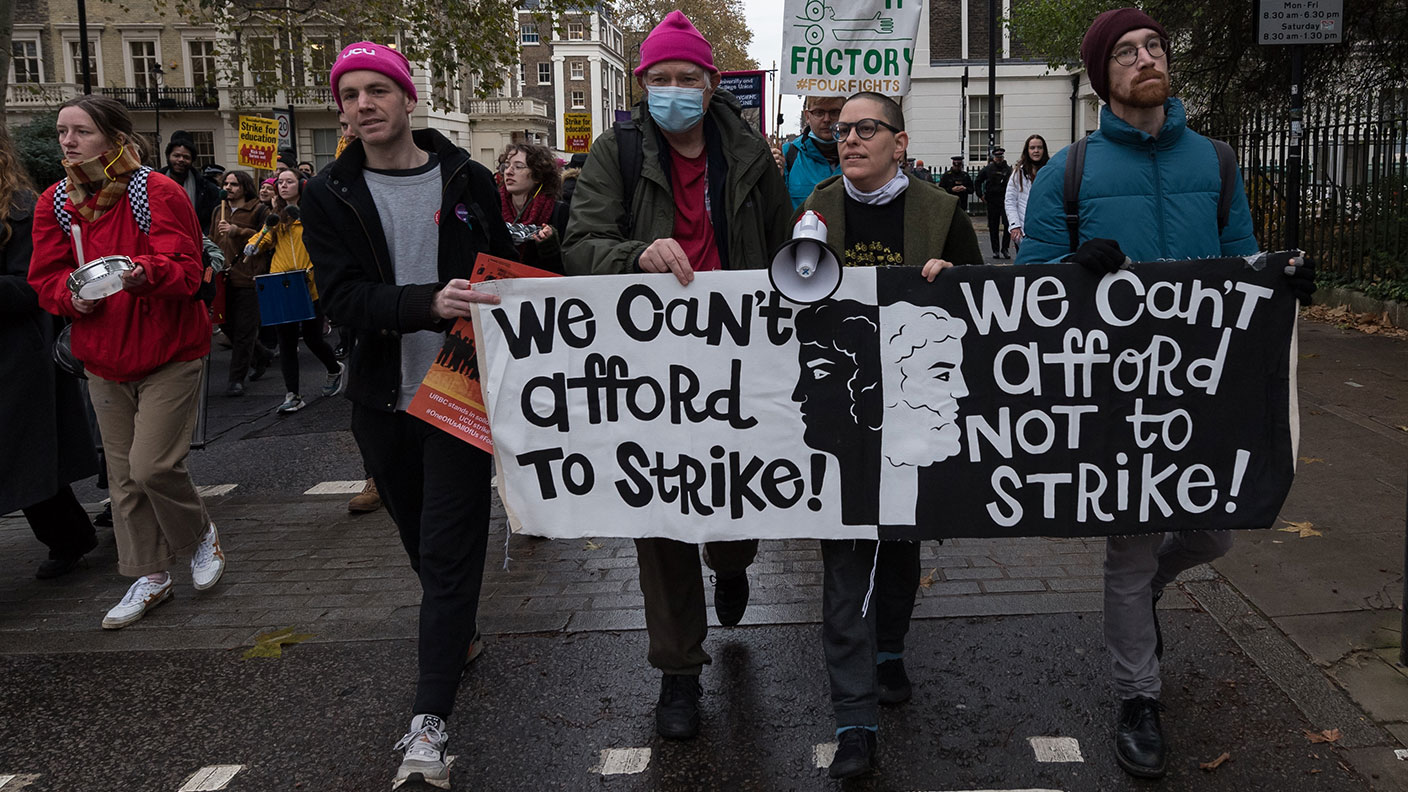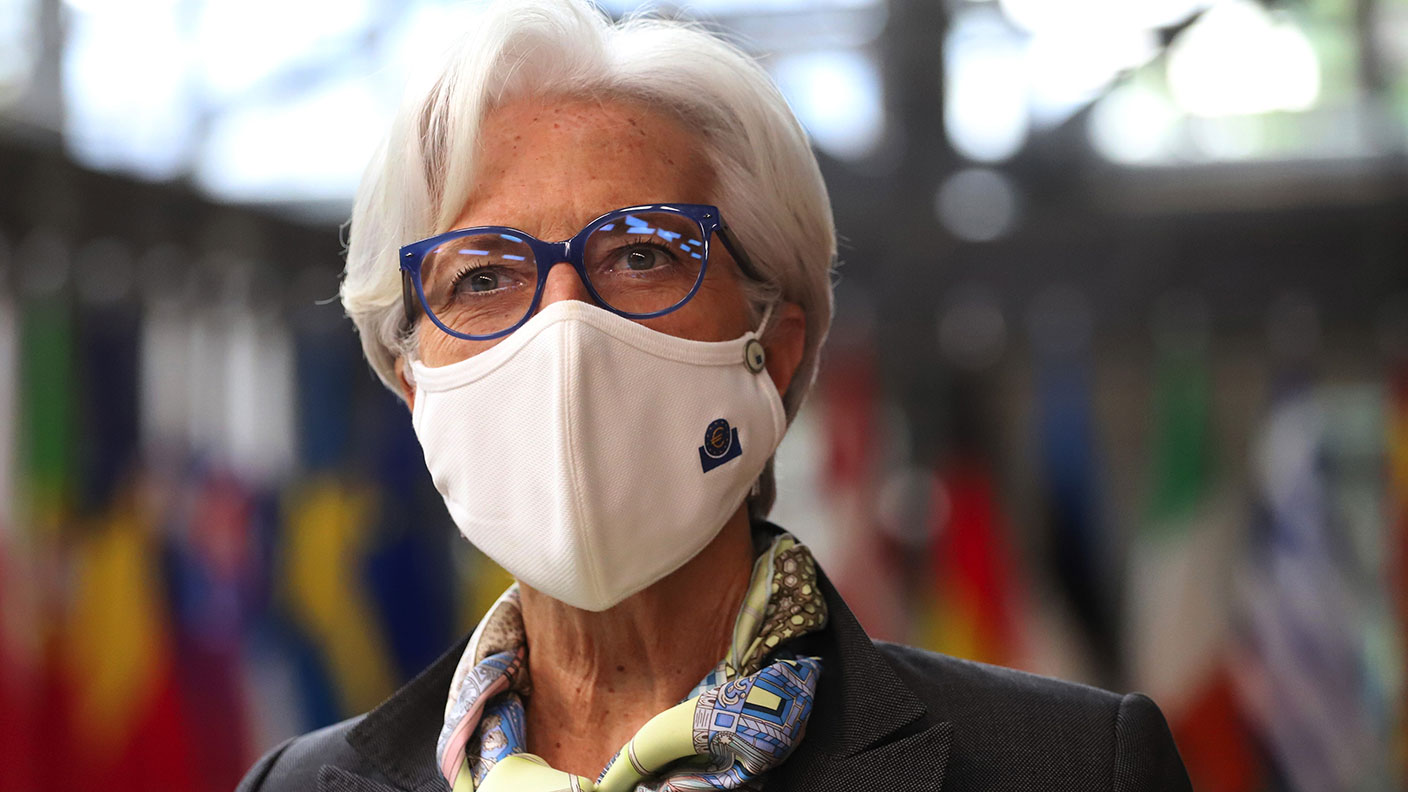How the great equalisation really works
For years the shifts in the global economy have been looked at in terms of rising incomes in the East. The flipside is now apparent – falling incomes in the West.

The last decade has seen a great race by manufacturers to shift production to Asia. For them that has meant lower costs and higher profits; for us it has meant years of falling prices for everything from clothes to computers; and for much of Asia it has meant the rise of an increasingly well-paid workforce and satisfyingly large trade surpluses. But look around you now and you might just be seeing the beginning of a change in direction.
Fashion designers in Europe have started to talk about moving their production home, for example. Why? Because fast wage increases in China mean that once you factor in cargo costs, the cost of the rising Chinese currency (up 8% against the dollar in the last 18 months), the inconvenience of six-week-plus lead times and various quality issues, it now makes sense to manufacture in Italy or even in London. It doesn't cost much more, and it is awhole lot easier. Note that minimum wages are still rising across China: they have risen 22% on average over the last two years according to the FT, but will now rise another 8.6% in Beijing and 16% in Shenzhen. It all adds up.
But it isn't just small companies beginning to reconsider long-distance manufacturing. An article in the FT over Christmas pointed to a furniture manufacturer in the West Midlands who was also shifting production back West. With retailers struggling, and so trying to maintain smaller inventories, he needed shorter lead times on his products in order to satisfy their new ordering patterns. China couldn't provide that.
MoneyWeek
Subscribe to MoneyWeek today and get your first six magazine issues absolutely FREE

Sign up to Money Morning
Don't miss the latest investment and personal finances news, market analysis, plus money-saving tips with our free twice-daily newsletter
Don't miss the latest investment and personal finances news, market analysis, plus money-saving tips with our free twice-daily newsletter
And this week, The New York Times notes that manufacturers are hiring again in the US just at much lower wages than they used to. Take General Electric: it has moved production of water heaters and some fridges home, and hired new workers to do so. But while old staff are getting paid $21-$32 an hour, the new ones are to get $12-19 an hour "with the additional concession that newcomers will not catch up for the foreseeable future".
The same is happening all over the place in the motor industry, the tyre industry and the heavy machinery industry. Even more interesting is the fact that the unions aren't complaining: they know that if they want their members in work, then they have to accept lower- ie, globally competitive - wage levels.
You might call all this a 'great equalisation' or perhaps, as the FT's Martin Wolf does, a 'great convergence'. The 19th century saw a huge divergence in industrial growth and GDP per head around the world: the West grew fast, the East did not. The second half of the 20th century saw the beginning of a shift back as Japan and the 'tiger' economies began a catch up. Then the late 20th century and the early 21st century began to see convergence spread across Asia.
At first we mostly saw this in terms of rising GDP and incomes in the East. Now we see the flipside: income equalisation also means falling wages in the West. And that means actually falling (fewer £ per hour), not just due to inflation. There are going to be big blips in all this (we are as worried about China's economy as ever) but the great convergence is a trend we can expect to continue. Chinese wages are rising because labour is increasingly scarce. The government allows it to prevent unrest and to try and encourage consumption.
In the US and the UK, the situation is the opposite. Labour is abundant and unrest is more likely to be caused by unemployment than by falling wages. In 2004, the basic wage in the US was about 12 times that in China. Now it is aboutfour times that in China. One day (I have no idea when), it'll be only twice that in China.
You might consider all this to somehow be bad news for the West but if you want to look on the bright side (as regular readers will know we do) you might note that it not only shows just how flexible Western economies can be, but also gives support to recent data suggesting that US employment might have troughed. That's something: most people would agree that low-paid work is better than no work at all.
It also shows, as David Fuller of Fuller Money points out, how very globally mobile the world's big companies are. The result? These days well-managed international companies "will recover from a traumatic year such as 2008 more quickly than their home economies". They'll also hold up much better in the difficult years ahead of us now.
Get the latest financial news, insights and expert analysis from our award-winning MoneyWeek team, to help you understand what really matters when it comes to your finances.
Merryn Somerset Webb started her career in Tokyo at public broadcaster NHK before becoming a Japanese equity broker at what was then Warburgs. She went on to work at SBC and UBS without moving from her desk in Kamiyacho (it was the age of mergers).
After five years in Japan she returned to work in the UK at Paribas. This soon became BNP Paribas. Again, no desk move was required. On leaving the City, Merryn helped The Week magazine with its City pages before becoming the launch editor of MoneyWeek in 2000 and taking on columns first in the Sunday Times and then in 2009 in the Financial Times
Twenty years on, MoneyWeek is the best-selling financial magazine in the UK. Merryn was its Editor in Chief until 2022. She is now a senior columnist at Bloomberg and host of the Merryn Talks Money podcast - but still writes for Moneyweek monthly.
Merryn is also is a non executive director of two investment trusts – BlackRock Throgmorton, and the Murray Income Investment Trust.
-
 How to invest in water - and should you?
How to invest in water - and should you?The ultimate in liquid investments, water companies offer investors’ portfolios a range of benefits. How can you invest in water?
-
 Act now to avoid inheritance tax on your pension with this one simple change
Act now to avoid inheritance tax on your pension with this one simple changeA quick and easy paperwork change could avoid your children paying inheritance tax on your pension if you act now. Here’s how.
-
 Beating inflation takes more luck than skill – but are we about to get lucky?
Beating inflation takes more luck than skill – but are we about to get lucky?Opinion The US Federal Reserve managed to beat inflation in the 1980s. But much of that was down to pure luck. Thankfully, says Merryn Somerset Webb, the Bank of England may be about to get lucky.
-
 Rishi Sunak can’t fix all our problems – so why try?
Rishi Sunak can’t fix all our problems – so why try?Opinion Rishi Sunak’s Spring Statement is an attempt to plaster over problems the chancellor can’t fix. So should he even bother trying, asks Merryn Somerset Webb?
-
 Young people are becoming a scarce resource – we should value them more highly
Young people are becoming a scarce resource – we should value them more highlyOpinion In the last two years adults have been bizarrely unkind to children and young people. That doesn’t bode well for the future, says Merryn Somerset Webb.
-
 Ask for a pay rise – everyone else is
Ask for a pay rise – everyone else isOpinion As inflation bites and the labour market remains tight, many of the nation's employees are asking for a pay rise. Merryn Somerset Webb explains why you should do that too.
-
 Why central banks should stick to controlling inflation
Why central banks should stick to controlling inflationOpinion The world’s central bankers are stepping out of their traditional roles and becoming much more political. That’s a mistake, says Merryn Somerset Webb.
-
 How St Ives became St Tropez as the recovery drives prices sky high
How St Ives became St Tropez as the recovery drives prices sky highOpinion Merryn Somerset Webb finds herself at the epicentre of Britain’s V-shaped recovery as pent-up demand flows straight into Cornwall’s restaurants and beaches.
-
 The real problem of Universal Basic Income (UBI)
The real problem of Universal Basic Income (UBI)Merryn's Blog April employment numbers showed 75 per cent fewer people in the US returned to employment compared to expectations. Merryn Somerset-Webb explains how excessive government support is causing a shortage of labour.
-
 Why an ageing population is not necessarily the disaster many people think it is
Why an ageing population is not necessarily the disaster many people think it isOpinion We’ve got used to the idea that an ageing population is a bad thing. But that’s not necessarily true, says Merryn Somerset Webb.
